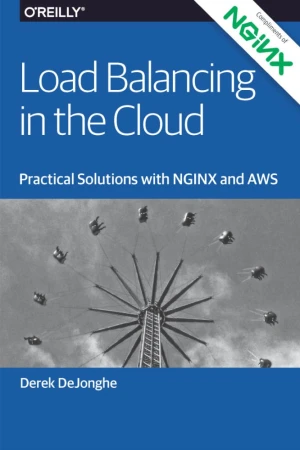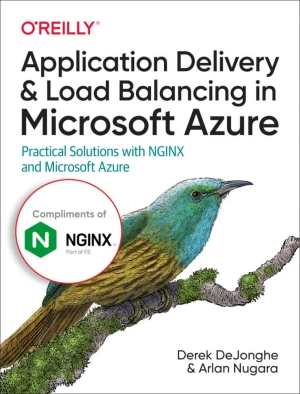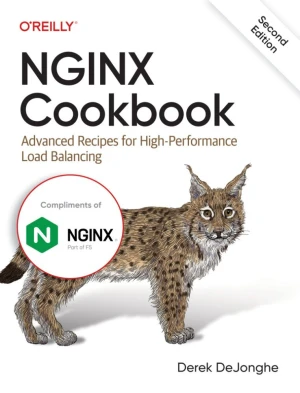High-Performance Caching with Nginx and Nginx Plus
Implement high‑performance caching and cache clustering for your web applications with Nginx and Nginx Plus
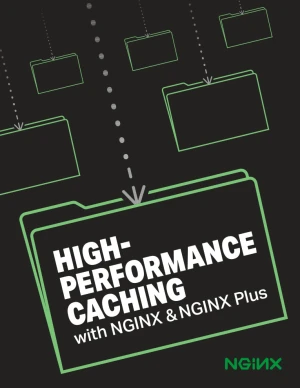
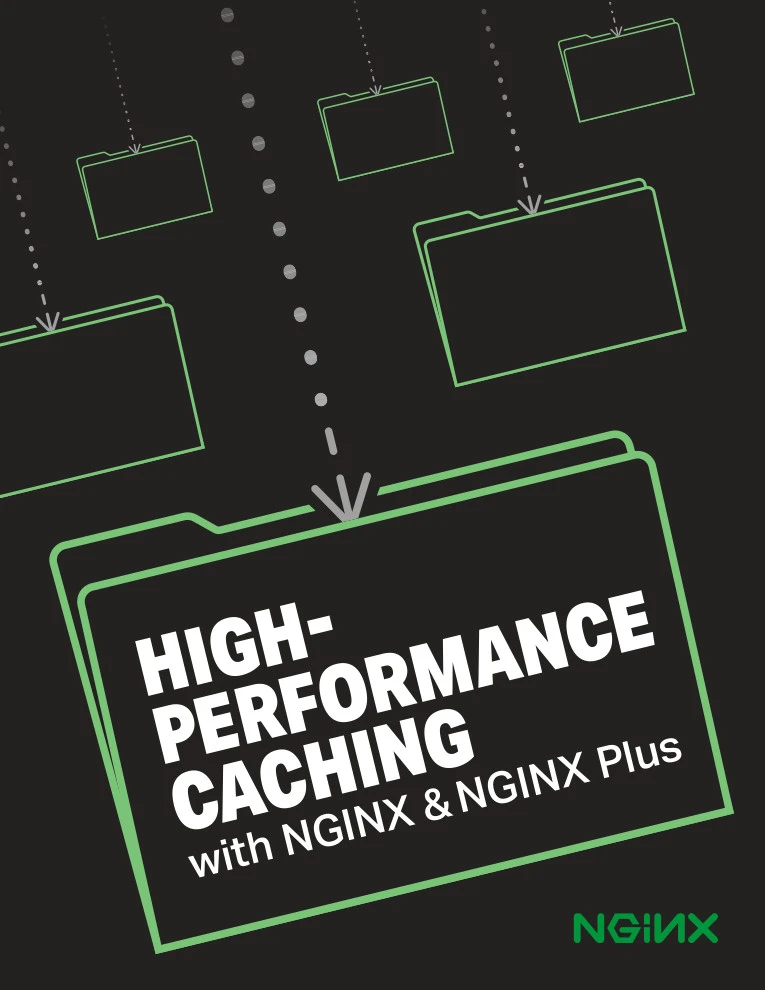
Book Details
| Author | Floyd Smith |
| Publisher | Nginx |
| Published | 2017 |
| Edition | 1st |
| Paperback | 47 pages |
| Language | English |
| License | Open Access |
Book Description
One of its most important capabilities is content caching, which is a highly effective method for improving a website's performance. In this ebook, the authors describe how NGINX caches content, how to implement caching and cache clustering, and some of the ways to improve performance.
The text provides a deep dive into how content caching truly works so that readers are equipped to debug and diagnose events within NGINX. It also rounds up several clever hints and tips to grant fine-grained control over NGINX's handling of cacheable content and points toward additional resources for further exploration.
Caching removes the burden of serving and generating repetitive content from upstream servers, freeing them to run the applications the business requires. This provides end users with a better level of service and increases the overall reliability of the service, especially during large traffic spikes or potential upstream server failures.
This book is published as open-access, which means it is freely available to read, download, and share without restrictions.
If you enjoyed the book and would like to support the author, you can purchase a printed copy (hardcover or paperback) from official retailers.
Download and Read Links
Share this Book
[localhost]# find . -name "*Similar_Books*"
Introduction to Autonomous Robots
Textbooks that provide a broad algorithmic perspective on the mechanics and dynamics of robots almost unfailingly serve students at the graduate level. Introduction to Autonomous Robots offers a much-needed resource for teaching third- and fourth-year undergraduates the computational fundamentals behind the design and control of autonomous robots.
Load Balancing in the Cloud
Use of redundant servers has long been a solution for meeting sudden spikes in demand, machine failures, and outages. Cloud services greatly reduce the cost and hassle of provisioning redundant equipment and load balancers and give you the ability to deal with separate network, application, and client-side loads. But today there are many options to
Application Delivery and Load Balancing in Microsoft Azure
With more and more companies moving on-premises applications to the cloud, software and cloud solution architects alike are busy investigating ways to improve load balancing, performance, security, and high availability for workloads. This practical book describes Microsoft Azure's load balancing options and explains how NGINX can contribute to a c
Building Modern Web Applications With Spring Boot and Vaadin
This guide is a practical introduction to web application development with Spring Boot and Vaadin. It covers the entire development process, from setup to deployment, following a step-by-step approach. You can replicate each section at your own pace as you follow along. The content is suitable for anyone familiar with Java who wants to build a web
NGINX Cookbook, Part 2
This is the 2nd of three installments of NGINX Cookbook. This book is about NGINX the web server, reverse proxy, load balancer, and HTTP cache. This installment focuses on security aspects and features of NGINX and NGINX Plus, the licensed version of the NGINX server. Throughout this installment the reader will learn the basics of controlling acces
NGINX Cookbook, 2nd Edition
NGINX is one of the most widely used web servers available today, in part because of itscapabilities as a load balancer and reverse proxy server for HTTP and other network protocols. This revised cookbook provides easy-to-follow examples of real-world problems in application delivery. Practical recipes help you set up and use either the open source


